Best places to visit in Namibia
Inhabited by bushmen, a people used to the extreme aridity, a country of oryx (antelopes) and kokerbooms (desert trees), Namibia, with its terrain and the sun's intensity, is known for its grandiose desert-like scenery and almost martian atmosphere... But what are the must-sees during a trip to Namibia?
Its capital, Windhoek, is a pleasant city, where it's worth making the most of the attractions and resting well before heading out into the arid, endlessly stretching bush.
Descending to the South, the main attraction is the Namib Desert and its Dune 45, from the top of which you'll have an incredible view of the sunrise. Further to the South, at the South African border, the Fish River Canyon sinks into the depths of the ocre ground, resulting in magnificent, towering rocky gorges.
Climbing up towards the North again, visitors will discover Etosha National Park. There, you'll see the famous oryx, the antelope which forms the country's symbol, but also any number of lions, elephants, buffalo, giraffes, leopards, cheetahs and more. It's a rich range of wildlife, all of whom gather together around the water holes in dry season.
At the Angolan border, and quite difficult to access, live the renowned Himbas, an impressive tribe who coat their skin and hair with a red clay. The Caprivi strip, linking the country to the Victoria falls, is an extraordinarily green and fertile piece of land which forms a migration corridor for elephants and which is partially submerged each rainy season.
Lastly, the Kalahari Desert, which separates Namibia from Botswana and South Africa, is one of the vastest and wildest on the planet. It's here that the Bushmen live, a tribe menaced by drought and the exploitation of the region for mining, made famous by the film The Gods Have Fallen on their Heads (1980).

























